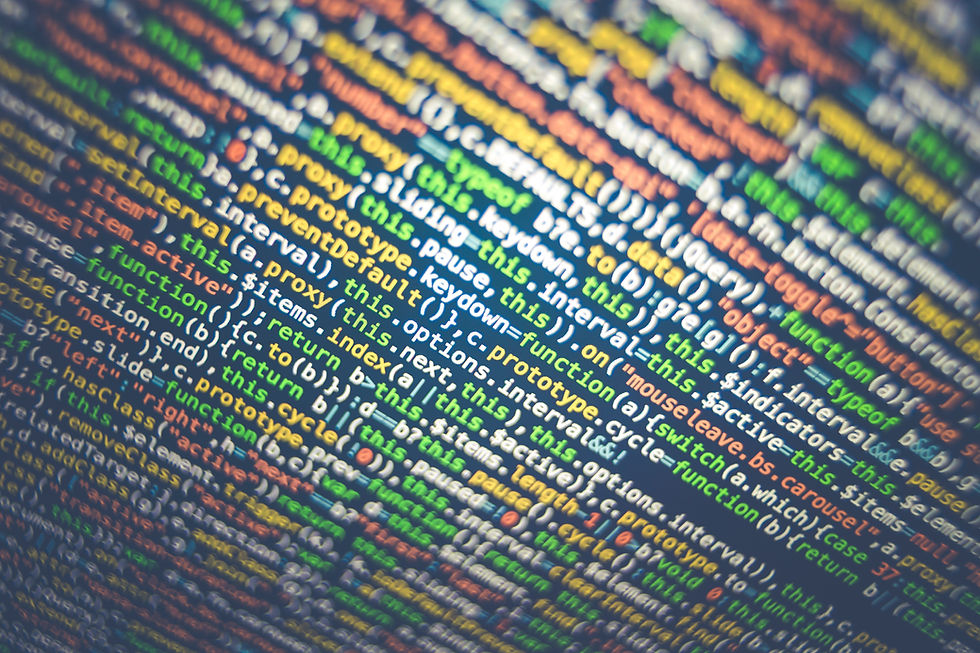The Interplay of Open Source Licenses and Generative Code: Proceed with Caution
- panagos kennedy

- Apr 2
- 2 min read
Updated: Apr 3
In the rapidly evolving world of generative AI, software developers are grappling with a new and complex challenge: how open source licensing interacts with AI-generated code. While open source software has long been the bedrock of modern development, the integration of generative AI tools introduces fresh uncertainties and potential risks. Understanding the nuances of this intersection is essential for anyone creating, distributing, or incorporating generative code into open source projects.
Generative Code: What It Is and Why It Matters
Generative code refers to software generated autonomously or semi-autonomously by AI models. These models are often trained on massive datasets, including open source repositories. The code they produce can be indistinguishable from that written by humans, but the legal framework governing its use is anything but clear.
Open Source Licenses: Foundations of Collaboration
Open source licenses, such as the MIT, Apache 2.0, and GPL, are built on transparency, collaboration, and the freedom to use, modify, and distribute code. Each license has distinct obligations: permissive licenses (like MIT and Apache) are relatively flexible, while copyleft licenses (like GPL) require derivative works to maintain the same license.
The Collision Course: AI Training and License Compliance
The training of generative AI models on open source code raises significant concerns about license compliance. If an AI model is trained on GPL-licensed code, and then generates similar or derivative outputs, does that output inherit the GPL license? If so, users of the generative code could unwittingly be subject to GPL obligations.
Adding to the complexity, the provenance of training data is often opaque. Without clear records of what data was used and under what licenses, it becomes difficult to assess whether generated code is clean of licensing entanglements.
Practical Implications for Developers
For developers, the risks are twofold:
Using AI-generated code: If you're incorporating code from a generative tool, you may not know whether that code is encumbered by a restrictive open source license.
Contributing AI-generated code to open source: If you contribute code generated by AI to an open source project, you could be introducing unclear or incompatible licensing terms.
Best Practices: Caution and Clarity
To mitigate risk:
Understand your tools: Know what data your generative AI tools were trained on and what licenses may apply.
Use trusted sources: Opt for tools and platforms that provide transparency about their training data and license management.
Avoid verbatim reproduction: If the tool appears to reproduce existing open source code verbatim, treat it with suspicion.
Consult legal counsel: When in doubt, seek guidance from intellectual property professionals who understand both AI and open source law.
Looking Ahead: Evolving Legal and Technical Standards
The legal landscape is still catching up with the technology. Courts have yet to fully address how copyright and licensing apply to generative code. Meanwhile, some organizations and communities are working on technical standards and provenance tools to track the origin of generated content.
As the use of generative AI continues to grow, the need for legal clarity and responsible use becomes ever more urgent. Open source and generative AI are not inherently incompatible, but they do require careful navigation.
Bottom Line: Proceed with caution. What you don't know about your generative code could hurt you—or your license compliance.




Comments